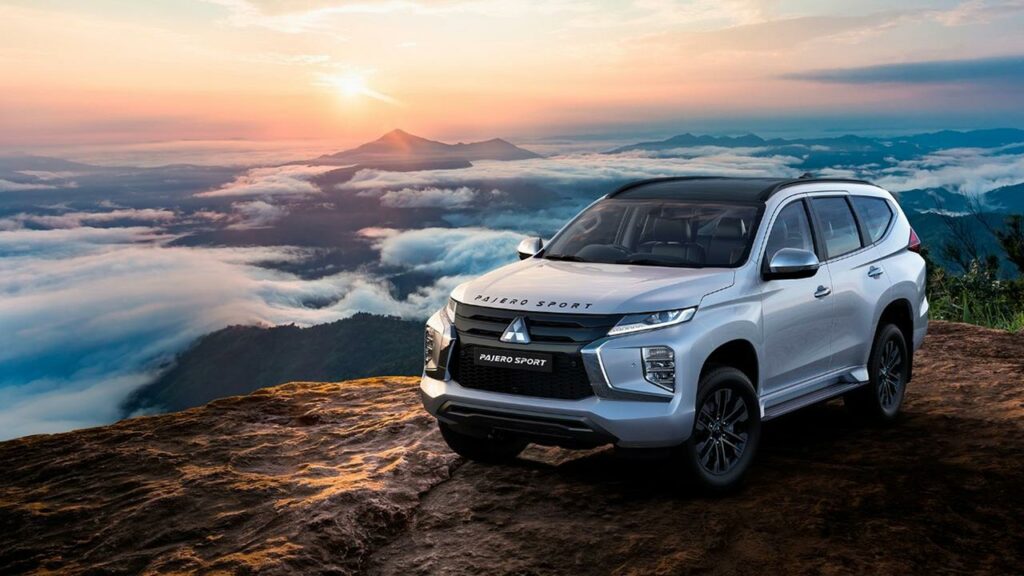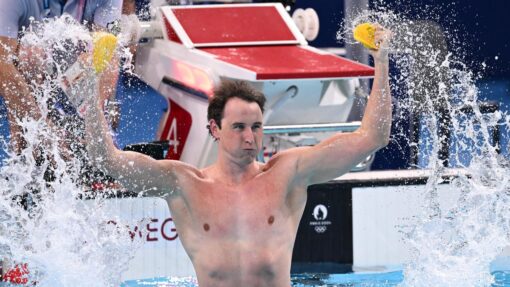Pajero with strong heritage could use some spice
Peter Atkinson |

Pajero Sport.
That’s a strangely ambitious name for a vehicle that is neither a Pajero, nor is it particularly sporty.
Then again, that’s pretty much par for the course when it comes to the Mitsubishi Pajero – the motoring equivalent of Dame Nellie Melba.
A bit of history.
Mitsubishi, the Japanese giant that builds everything from air-conditioners to automobiles, created an all-time classic when it launched the Pajero way back in the early 1980s.
Nicely styled and well assembled, it became an instant favourite on Aussie roads – a reputation that remained well into the 21st century.
Subsequent generations arrived in 1991 (when a diesel variant was added), 1999 and 2006. That final and very familiar fourth-generation model underwent regular facelifts until its eventual demise.
But no wise manufacturer lets an admired brand go to waste.
And so the Pajero Sport was born.
Unfortunately most people saw this stop-gap thinking for what it was. Particularly since the original version of the Pajero Sport had previously been marketed in Australia as the Challenger.
Which raises another too-clever-by-half plan.
The Challenger, and subsequently the Pajero Sport, have very little in common with the “real” Pajero. In fact both are four-wheel drive utes in disguise.
Mitsubishi wasn’t the first to think of this idea. Ford did the same thing by using its much-admired Ranger ute as the basis for its seven-seat Everest. Toyota did likewise with the HiLux-turns-Fortuner; and Isuzu with its D-Max (ute) and MU-X (seven-seat SUV).
It was then that someone in the Mitsubishi marketing department had the brainwave to rename the Challenger with the company’s most successful badge.
So what’s it like?
Well, like a Triton. Albeit a fairly heavily worked version of the popular ute.
First came the surgery that turned the rear tray into some extra room for seating and the ability to safely lock away belongings.
The next task was to fashion this rig into a seven-seater, a means of keeping up with its market rivals, as well as giving it maximum appeal to families and camping-lovers who prefer a “genuine” off-roader for weekend adventures.
And the Pajero Sport is perfectly fit for purpose. While it feels a bit dull and heavy at first, the Sport is one of those rare machines that’s enjoyed more with time.
With its sturdy construction, reliable if uninspiring drive train and its slightly sluggish road manners, it’s a slow burn to warm to the Pajero Sport.
It arrives at an impressive price of $44,940.
The Exceed ($57,690 as tested) has been usurped at the top of the family tree by a sporty GSR model, lifting the bar to $62,440 plus on-road costs.
That delivers a 2.4-litre, four-cylinder turbo diesel engine good for a modest 133kW and grunty 430Nm. That couples nicely with a seamless eight-speed automatic transmission and all of the go-anywhere capability found in the likes of the Triton and its rivals.
Don’t forget Mitsubishi’s attractive 10-year warranty which makes this car very affordable motoring for a decade.
The test vehicle came fitted with a factory Mitsubishi bullbar ($3500) which, as well as giving the Sport a tougher appearance, decreases nervousness when trying to squeeze this big beast into city car parks. Plus, there’s a useful 360-degree parking camera.
Nicely presented and comfy leather seats (heated) lift the comfort level, while an upgraded touch-screen cabin management system gives the Pajero Sport a slightly upmarket, urbane feel.
The Sport is a quiet, accomplished highway cruiser, compulsory for machines that spend most of their weekends off the paved roads – or travelling to and from. And the generous cargo space delivers plenty of space for the camping gear.
The Sport rides significantly better than the Triton upon which it is based – probably because the additional weight of its extended body matched better with the rugged, coil-spring suspension. Its towing capacity also reflects that heritage.
The Pajero slips behind a number of its class rivals with its heavy steering in confined spaces. And its less-than-sparkling performance belies the “Sport” moniker.
It’s a bit of a slug, to be honest.
But that’s a modest criticism of a car that otherwise delivers on its promise and its rather convoluted family tree.
Only one question remains: what happens to the Sport when Mitsubishi inevitably gets around to building another, all-new Pajero?
MITSUBISHI PAJERO SPORT
* HOW BIG? A very genuine seven-seater, although the third row can be a bit tricky.
* HOW FAST? Next question.
* HOW THIRSTY? The four-cylinder turbo-diesel might be a bit pedestrian, it delivers an excellent 8L/10km thirst.
* HOW MUCH? Entry-level models start just under $45,000 – another 20 grand gets a much more comfortable option.
AAP


